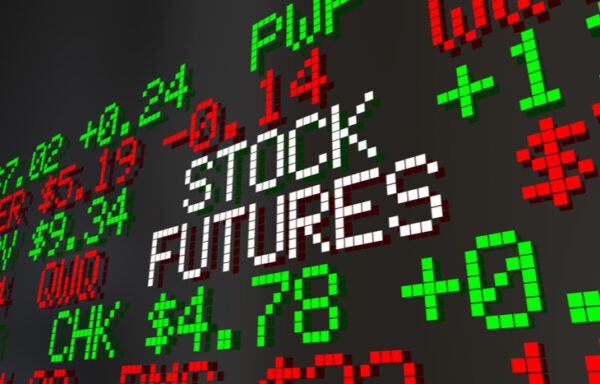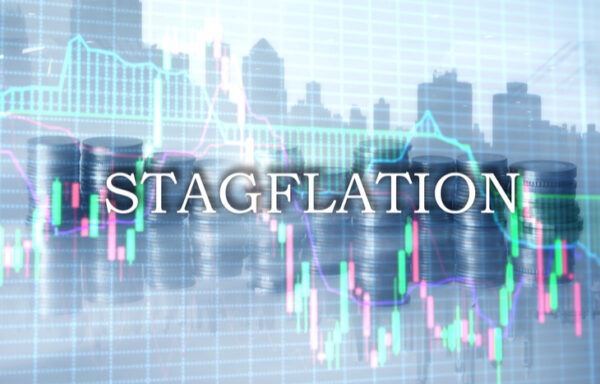What is a Stock Market Melt-Up?
No one wants to miss out on a good thing. This is especially true when it comes to stock investing. Everyone wants to ride the wave, and many investors will give into fear of missing out (FOMO) by quickly jumping into positions, simply because they have a lot of momentum behind them. Unfortunately, these hasty emotion-driven decisions are often the fundamental basis for a stock market melt-up.
Stock market melt-ups are the epitome of emotion-driven investment. They’re often characterized by stock inflation, wild upticks in share price and outlandish valuations that seem to get bigger and bigger by the day. And, they’re almost always followed by the inevitable stock market meltdown: a period of massive market contraction.
Here’s a closer look at stock market melt-ups: what they are, what fuels them, how to recognize them and, most importantly, how to navigate an irrational market.

What is a Melt-Up?
Whereas a meltdown is a rapid loss of value and plummeting stock prices, a melt-up represents the opposite. Usually, it’s defined as a rapid run-up of stock prices, to the point where they become unsustainably inflated. Typically, stocks gain significant value for seemingly no reason at all, compelled by investor sentiment that doesn’t align with the stock’s fundamentals.
Melt-ups usually occur due to FOMO. Investors see the price of a stock climb, so they open a position hoping to profit from continued appreciation. Instead of exiting a position to take gains, original investors either stay vested or add to their position, driving the price higher. This cycle continues and buying outpaces selling for a prolonged period of time.
The result is a stock price that’s far above a reasonable degree of valuation based on fundamental metrics. And, eventually, what goes up must come down.
Factors Signaling a Potential Market Melt-Up
Strong, prolonged price appreciation isn’t indicative of a stock market melt-up by itself. There are several important variables that also coincide alongside a stampede of buyers. Identifying a market melt-up means looking at leading and lagging indicators.
- Leading indicators. These are indicators that signal an impending shift in the economy. Common examples include the Consumer Confidence Index (CCI) and the Durable Goods Report (DGR), which provide data that informs consumer buying habits.
- Lagging indicators. These are indicators that follow market trends, to confirm them. Examples include the Consumer Price Index (CPI) and moving averages. They’re markers for quantifying the trend currently taking shape in the market.
Market melt-ups tend to involve stock behavior that contrasts leading indicators, with lagging indicators that prove the irrationality of the melt-up. For instance, a leading indicator may show a CCI rate that’s dropping, signaling loss of investor confidence; however, markets may continue to run up to new highs. A lagging indicator might take the form of a skyrocketing CPI, indicative of inflation.
Leading indicators can give investors ample warning of a stock market melt-up. That said, these indicators are volatile. Lagging indicators serve to confirm a melt-up; but by this point, the meltdown has already begun.
A Historical Look at Stock Market Melt-Ups
There have been several historical stock market melt-ups, some with bigger implications than others. The severity of a melt-up depends on how long it takes to play out.
- The Dotcom Bubble is perhaps the most famous melt-up. FOMO was a significant driver of emotional investing, and virtually any internet-related company’s stock skyrocketed, regardless of the financial viability of the business.
- There were several melt-ups during the Great Depression. For example, in July and August of 1932, stocks rose 90% after falling 80% in the previous three years. Following was a rapid downtrend and subsequent depression until 1940.
- It’s looking more and more like 2020 was also a melt-up scenario. After falling 30% in 2020, the market rebounded more than 100% over the next 18 months, before trending down more than 20% (and counting) to begin 2022.
The clear indicator of a melt-up across all these examples is FOMO. Investors rush to buy for fear of missing out, ultimately buying at inflated prices that will eventually come crashing back down.
How to Invest During a Market Melt-Up Period
Worries about the fallout from a market meltdown? The best investment advice anyone can make during a melt-up period is to stick to rational evaluation of companies and their financials. Follow the example of value investors and look for companies that have reasonable valuation metrics relative to their financial performance. Avoid overbought companies and extreme valuations, and look for companies capable of sustaining themselves on sales revenues and profit margins. Ultimately, be rational and analytical when everyone else is irrational and emotional.
Is the Stock Market Melting Up in 2022?
There’s an old saying among seasoned investors: “the market can stay irrational longer than you can stay liquid.” This is especially true during a stock market melt-up. Investors need to understand that a rational approach to investing might be met with irrational stock behavior. It’s a sign that markets are trending in a dangerous direction. To safeguard yourself, invest in defensive positions that will preserve your wealth through the impending melt-down, and reinvest rationally when the market finds its floor.
As melt-up signs continue to mount in 2022, investors can and should stay apprised of the market’s trends. Sign up for an investment newsletter to stay abreast of what’s happening across the market, including among different sectors and from different investing standpoints. Knowledge is power, even in an irrational market.
[adzerk-get-ad zone="245143" size="4"]




